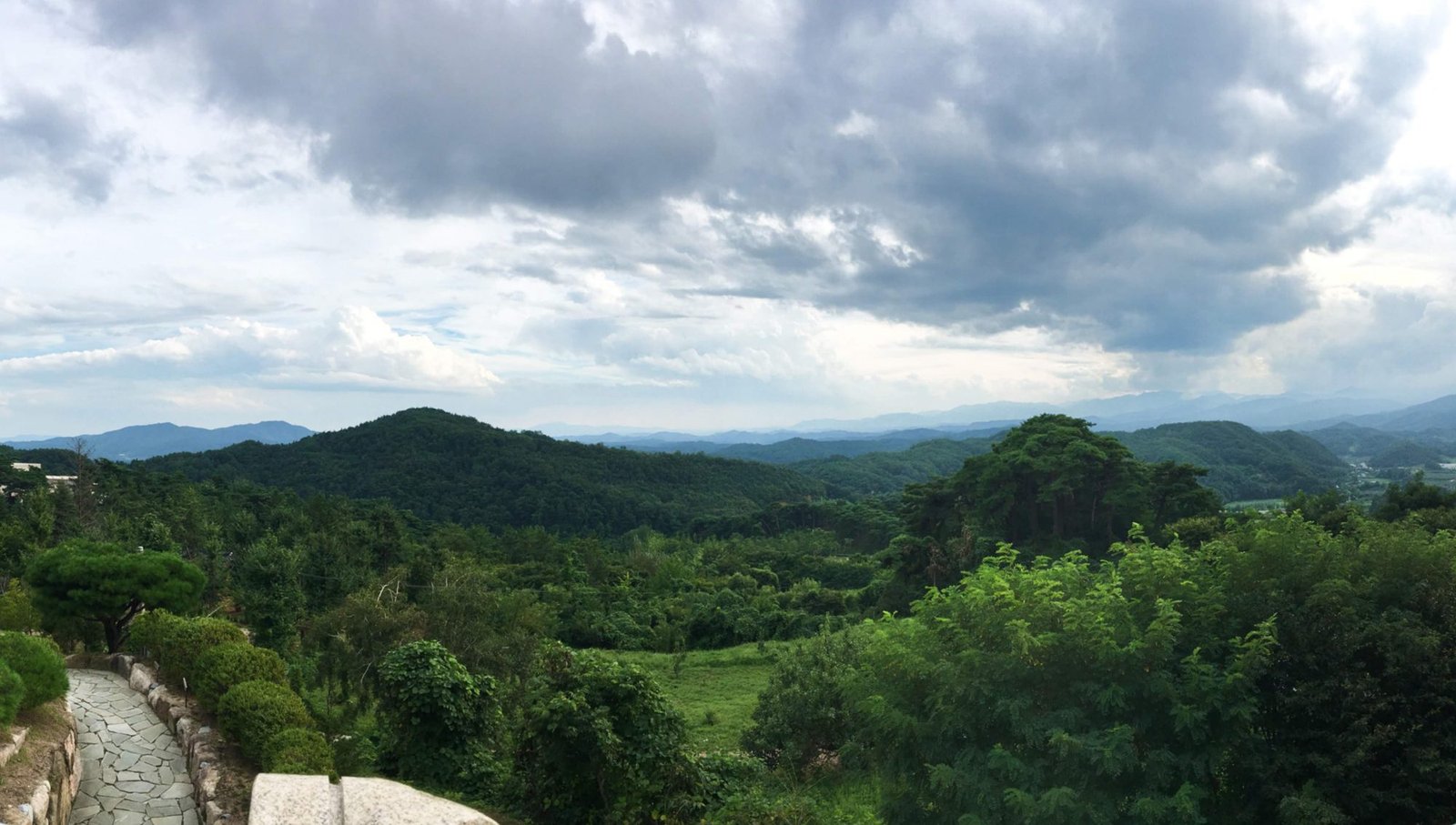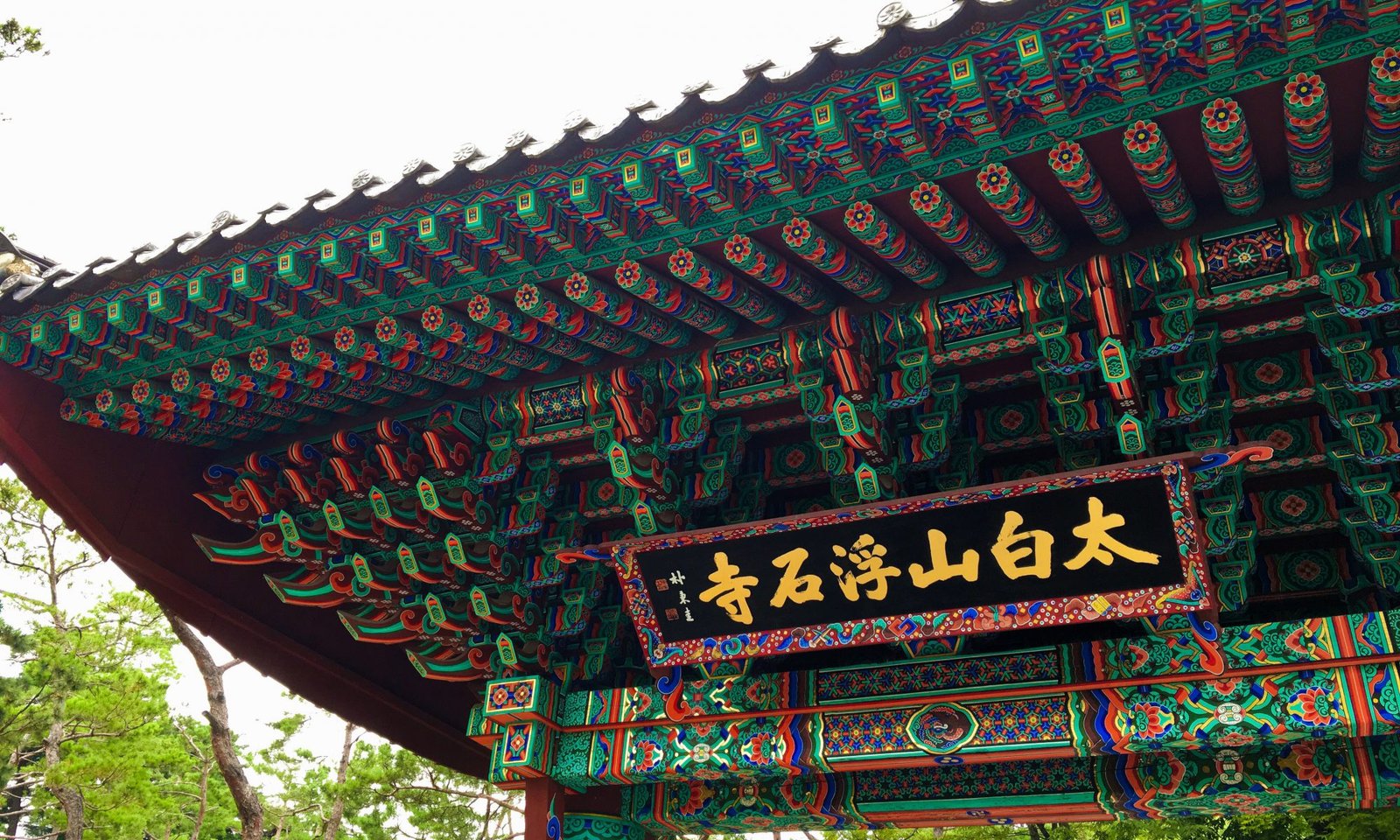This past week was full of activity and new experiences, but the most interesting was my two-day excursion to Yeongju, Gyeongsangbuk-do in central Korea. After a three-hour trip by bus to the “cradle of Korean Confucianism,” I found myself surrounded by a lush, green landscape framed by enormous, sprawling mountain ranges.
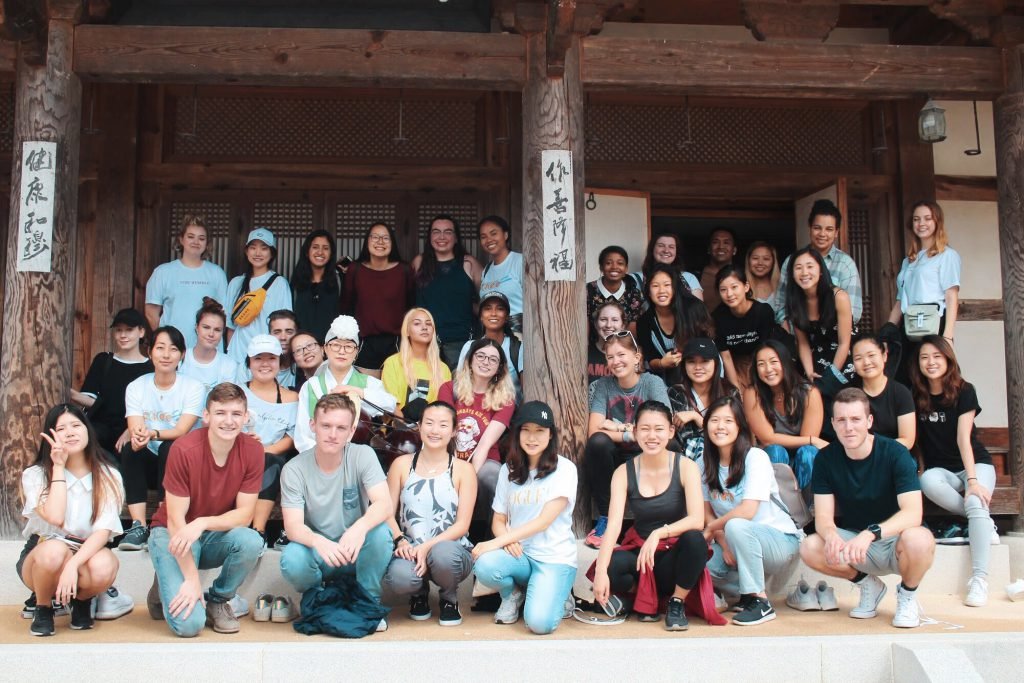
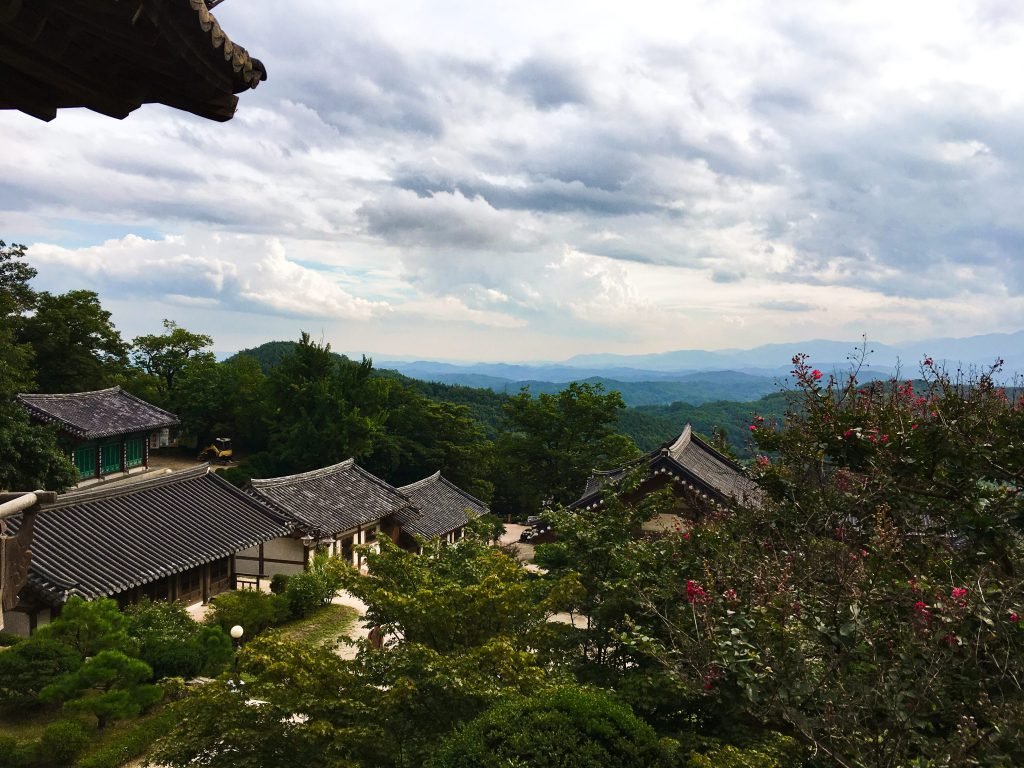
We stayed in a small, traditional Korean village called Seonbicheon. The village comprised roughly two dozen small homes with either thatch or tile roofs that were built in the late 19th and early 20th centuries. The house I was in had three small bedrooms, and I stayed in one of them with two of my friends. All we had was a small floor fan and two large mats for the three of us to share. Needless to say, we only used the room for sleeping as there was not much extra space to do anything inside. The bathroom and shower were outside, but close to the house. I was fairly surprised by the accommodations because they were far more decorative and ornate than I had anticipated. In spite of the minimal space and lack of furniture, it was easy to see that the homes were crafted with great care and attention to the smallest details. Not only was the architecture practical and sound, the materials used to actually build the small homes were very clearly prepared to serve a decorative purpose aside from their structural roles.
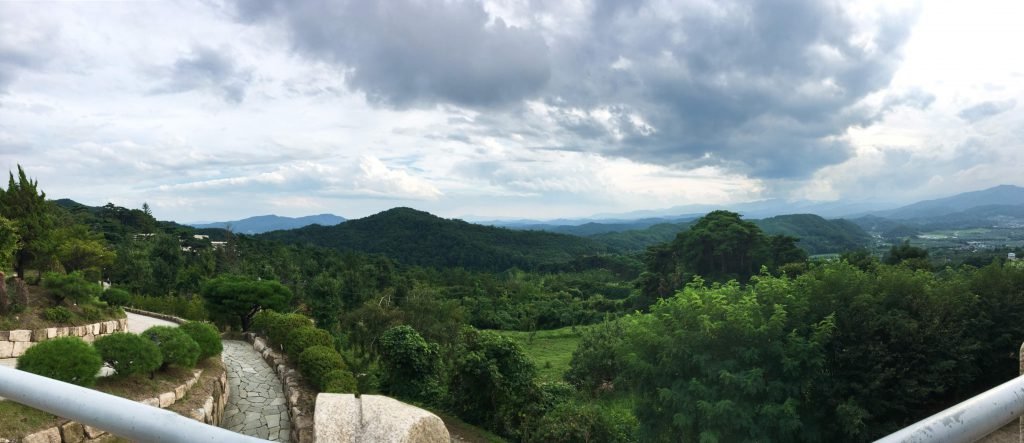
The Yeongju region was a longtime home for all kinds of philosophers and intellectuals ranging from Confucian masters and Buddhist monks, to poets and artists. There are many remnants of these longstanding traditions in the village. After arriving in Seonbicheon that afternoon, we learned how to play Korean drums including the buk and the janggu which are used in the performance of many traditional folk songs and dances dating back to the Joseon period. After perfecting our drumming (and identifying those of us who were not graced with the gift of rhythm), we moved on to learning about traditional cloth-dyeing methods using dye made from the natural surroundings. We then had the opportunity to “tie-dye” cloth of our own. The dye was beautiful, but it smelled absolutely terrible and stained my hands for a good three days.
We finished the day with a climb to the Buseoksa temple. Founded in 676 and known as “The Temple of the Floating Stone,” Buseoksa is perched upon a steep mountain overlooking the Yeongju region. The hike to the temple only took about 20 minutes, but the view was incredible (see attached photos). The main hall of the temple, Muryangsujeon, was re-built in 1376 and is now the second-oldest standing wooden building in all of South Korea. The temple and its surrounding buildings were beautiful in their design, but I was most impressed by their integration with the landscape as if they were simply placed upon the mountain. It did not seem as though there was any heavy excavation or removal of nature, but that the temple grounds were instead built into and around the natural environment, in keeping with Buddhist thought. When the sun finally set that evening, it was like none I had ever seen in my life. The foothills below disappeared into darkness as the vibrant red, yellow, orange, and pink light briefly illuminated the temple before vanishing behind the mountains.
Overall, the excursion was a great way to experience traditional Korean culture and take a welcome break from the hustle and bustle of Seoul. It was once again a window into the origins of Korean ideology and innovation which have contributed to such rapid technological progress.
